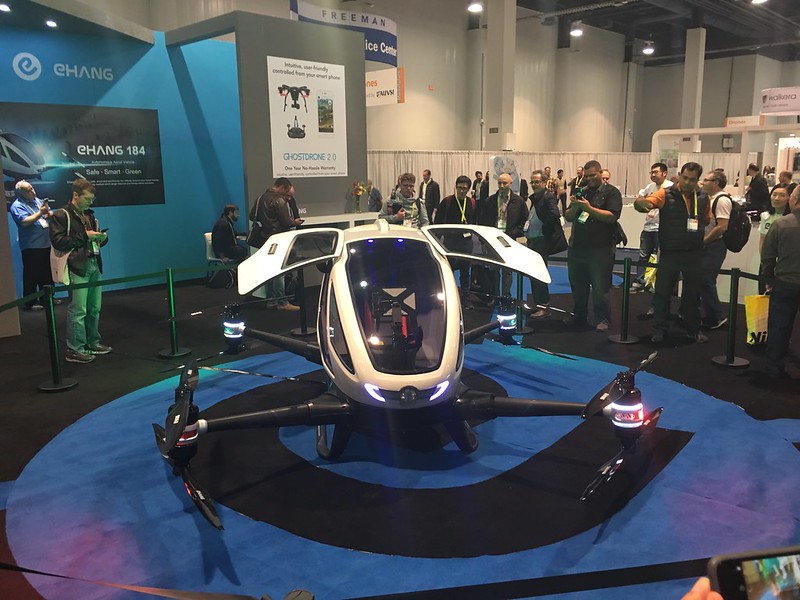I attended a lovely wedding on Friday. It was one that I did not really know anyone at, except @elemming of course. We drove to Chorley Wood, but took the petrol car as it was about 100 mile round trip. The Leaf could make it with a splash and dash charge, but it was not worth the extra hassle. We sat in a very long M25 traffic jam getting there, 50 mile in 2 hours. Coming home late that night the M3 was closed for roadworks so we had a bit of detour to Reading in order to get back to Basingstoke. That experience is a very common one on our road system here in the UK. Petrol guzzling engine blocks sat almost motionless in a long queue. As I sat in the jam I thought how the electric Leaf would not be using any power at all sat still, but also that if all these cars were computer controlled there would be no jam, as efficient network algorithms would get us all where we needed to go, as long as everything was able to talk to everything else.
Oddly, we gave some people a lift form the church to the reception. In the few minutes drive our electric car came up in conversation. People are still intrigued, it is still early adopter territory, but in a well understood space. How does it work, how much does it cost, are they really that fast? etc. I am a tech evangelist so I love sharing this sort of information.

The subject of Tesla came up too. Elon Musk and his wide ranging and World changing innovations became the topic of the continuing chat. In particular we talked about self driving cars. It was talked about, not in a laughing at the concept way, but in a how long before they do. I mentioned the fact that Tesla’s were already patched over the air, like an iPhone app would be, and had some basic extensions applied to them to enable self driving features. Once again this did not seem odd to anyone in the car.
It seems that the reality of an electric car, real people owning real ones and using them, makes a dent in the automobile paradigm. It’s electric, therefore it is probably all ‘computery’ and of course it will be on the Internet as a composite Internet of Things device. That may be a terminology step to far for someone not in the industry, but the principle is there in people’s minds.
A petrol car is stuck, tethered to a petrol pump, constantly pouring pounds into it. It is heavy and lumbering, resistant to change. It is like a telephone box on the street. The electric car is more like a wifi enabled, 4G smartphone. It can do way more than just make calls. After all if you are going to completely change how a vehicle works, and see that it does, why not change everything else around it, including who drives it.
This morning on the BBC news Ford were at the Mobile World Congress. They were explaining they were not longer just a car maker, but a platform maker. When asked when they would have full self driving cars the answer was that they already have some assistance features (which are like the Tesla) and that they had not set a date for a Level 4 fully autonomous vehicle yet, but when they did it would be mass market.
It was the first time I had heard the term Level 4. Wikipedia came to my aid on this one.
From https://en.wikipedia.org/wiki/Autonomous_car
In the United States, the National Highway Traffic Safety Administration (NHTSA) has proposed a formal classification system:[14]
Level 0: The driver completely controls the vehicle at all times.
Level 1: Individual vehicle controls are automated, such as electronic stability control or automatic braking.
Level 2: At least two controls can be automated in unison, such as adaptive cruise control in combination with lane keeping.
Level 3: The driver can fully cede control of all safety-critical functions in certain conditions. The car senses when conditions require the driver to retake control and provides a “sufficiently comfortable transition time” for the driver to do so. Example: Tesla Model S
Level 4: The vehicle performs all safety-critical functions for the entire trip, with the driver not expected to control the vehicle at any time. As this vehicle would control all functions from start to stop, including all parking functions, it could include unoccupied cars.
An alternative classification system based on five different levels (ranging from driver assistance to fully automated systems) has been published by SAE, an automotive standardisation body.
It is interesting that we have such a leap in levels. The move from 3 to 4 is huge if you think about it. If we were starting the road system from scratch now, we might just dive into Level 4. Dedicated lanes, less complexity and adversity for the computers to have to cope with. Now though we have a mixed system. Any level 4 car will have to cope with all the existing Level 0 drivers and a world built for them. e.g. a full Level 4 system would not need traffic lights. Cars could interleave at junctions with an automated flow system.
As you can see just form a wikipedia article, even the standardisation of the level numbers has not occurred. How and where the massive automotive corporations are going to collaborate on communications standards across the vehicles is going to be interesting. The pressure on the software industry to create realtime systems that do not fail at all is also going to be high. All our computers, phones etc crash. They need a reboot here and there. That doesn’t matter so much sat at your desk, but in a car hurtling at 70mph+ in an environment where lots of the other cars are still Level 0 and have human driver quirks to deal, and not having any software problems and actually crashing with is no mean feat.
As a long time software engineer, we used to have a long lead time in testing. Once deployed changes tweaks did not happen. Fixes were bundled and applied to big central systems but you tended to have to get it correct first time. Now we are in a permanent patch environment. This is great as things can improve over time, but also it can cause an attitude in engineering and the pressures to hit deadlines, that it is OK we can patch it later over the Internet.
I wonder what is going to happen to the automotive industry, and the things around it. The diversity of car design, engine performance and general handling all feature heavily in shows like Top Gear and whatever Amazon’s reboot of it will be called. If our vehicles just become self driving taxis will we still try and show off our design choices and apparent status with them. Will a custom car be nothing more than a large iPhone case? There are some huge social implications in how we feel about cars and what we do in them. A car will be an office, full attention can be given to phone calls or emails, maybe even just donning you VR headset for a virtual meeting on a nice simulated desert island rather than watch the motorway sidings zoom past.
It is definitely an area that will impact all our lives and is another exciting, and slightly scary one to consider.


















